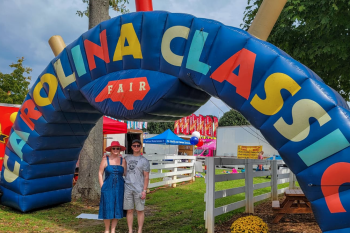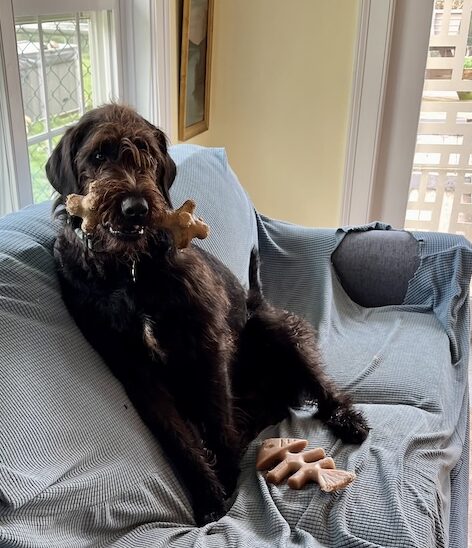
When lawyer Bruce Flint (’77) was going through a tough stretch in his life about 20 years ago, a therapist asked him, “What makes you happy?” He answered without hesitating, “Dogs,” because of their unconditional love.
He already had eight or nine dogs at home, but his commitment to rescuing abandoned dogs “spiraled” from there, he says, eventually leading him to buy an old school in Kentucky that he donated to an animal rescue nonprofit.

“They’re like my children,” says Flint of all the dogs he’s loved and saved. He has a stepdaughter but never had children of his own. “It’s very important that you care for something else besides yourself. (Rescuing dogs) fulfilled something in me where maybe there was an emptiness.”
A personal injury lawyer, Flint splits his time between Texarkana, Texas, where his law firm is based, and a farm he shares with 10 dogs in Westmoreland, New Hampshire. He lived in Brazil for a time with 13 dogs.
For years, Flint had been rescuing dogs from overcrowded shelters in Texas and Arkansas. He’d keep a few and send others to animal shelters in the Northeast that needed adoptable dogs.
“I’d pull eight or 10 dogs, get them to the vet and try to find them a home or keep some of them. People may have thought I was a little eccentric,” he admits, “because I spent so much time rescuing dogs.”
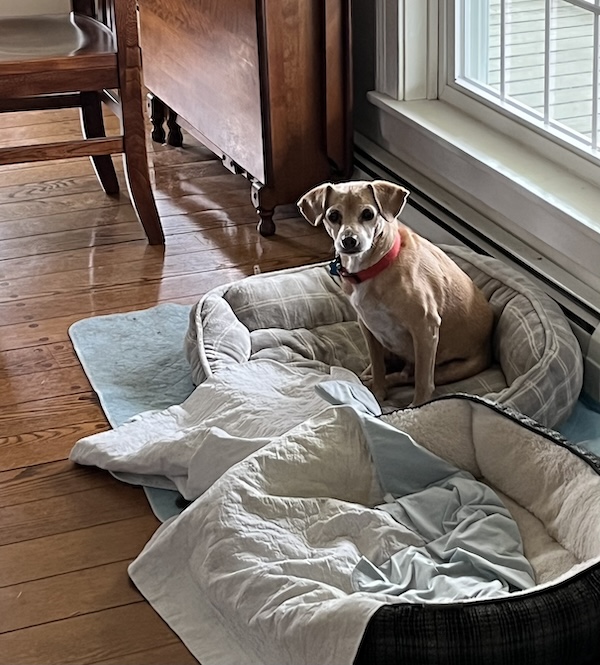
Perusing eBay one day for investment properties, he spotted a listing for an elementary school in a town he had never heard of, Boston, Kentucky. The school, 600 miles from Texarkana, would make a perfect “way station” for dogs on their journey up north, he thought.
He bought the school in 2014 and then learned about Barktown, a nonprofit foster-based rescue group in the town that didn’t have a facility. He donated the 22,000-square-foot building to the group, which opened Barktown Rescue No Kill Shelter and Adoptions. The way station became a “stay station.”

Heather Nelson, executive director and president of the board of directors of Barktown, says it must have been “divine intervention” that brought Barktown and Flint together since Flint had no prior connection to Barktown or the town.
“He has the biggest heart for animals,” she says. “Anyone that shows that much compassion for animals is a great person. He’s been a miracle for Barktown. He’s our angel that found us.”
I reached Flint by phone in Westmoreland to ask about his passion for saving dogs. “I couldn’t live without a dog around and underfoot,” he tells me, as dogs barked in the background. “They’re just so happy to see you when you get home.”
Flint’s childhood home was outside Boston, Massachusetts, where he grew up with a dog named Ginger. He graduated from high school in Westport, Connecticut, and went to Kenyon College in Ohio for a year.
After his parents moved to Winston-Salem for his father’s job with Royal Cake Co., Flint transferred to Wake Forest and majored in history and minored in politics. He was active in the theatre program and fondly recalls professors Harold Tedford (P ’83, ’85, ’90) and Don Wolfe.
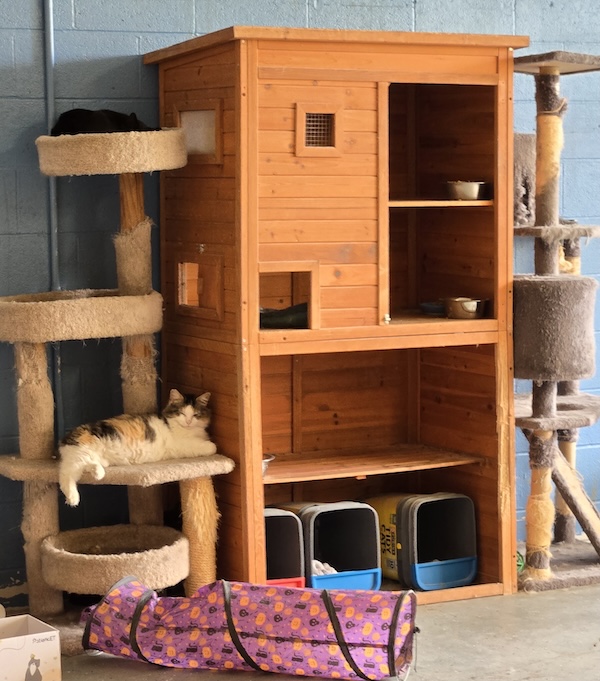

He graduated from law school at Southern Methodist University and practiced in Dallas and Fort Worth, Texas, for two decades until founding what is today Flint, Crawford & Cogburn in Texarkana.
Flint makes the trip from Texas or New Hampshire to visit Barktown Rescue several times a year. He serves on the shelter’s board and is a constant source of encouragement and financial support, Barktown’s Nelson says. “He’s the reason we have a building, and he’s the reason why Barktown has grown the way it has,” she says.
Barktown takes in cats and dogs — rescued from county shelters where they might have been euthanized — and gives them a home until they’re adopted. Older or sick dogs may live out the rest of their lives there, where they’re loved and cared for, Barktown’s Nelson says.
The school building can house about 30 dogs at a time in nine former classrooms and the cafeteria. One classroom is the “cat room,” where cats can roam free. The gymnasium, with its original basketball court and bleachers, is used for training dogs.
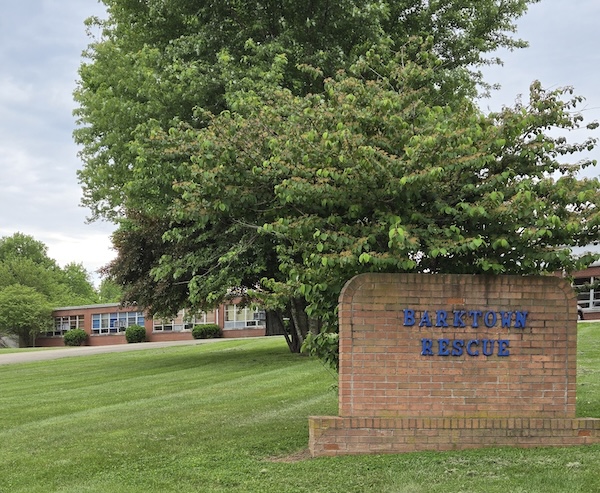
When I ask Flint how many dogs he’s rescued, he guesses it must be in the hundreds, but he’d prefer to talk about the dogs who live with him now. Flint’s friends and neighbors know if they find an abandoned dog, they can take the dog to Flint.


A labradoodle puppy he named Daisey was left behind after her owners moved. Barney, a German shepherd mix, was found abandoned outside a warehouse. Flint found Wally, a white terrier mix, at a shelter in Texas, where his days were numbered.
“He got in the car with me and looked at me the whole time and smiled,” Flint says. “It’s incredible how you and they get attached. They know you’re going to take care of them.” And he has to mention one of his favorites, Roddy, a caramel colored lab mix, who was wandering around Flint’s neighborhood until showing up at Flint’s door. “He cries when I leave him,” Flint says. “That really tears at me.”
He once rescued and gave away two mixed Yorkie schnauzers, Teddy and Nana, and immediately regretted it, he tells me. He had a dream that he opened his back door, and Teddy ran back inside. The next day, the couple who adopted the dogs asked if he wanted them back. Of course he wanted them back, he says. “That made me so happy.”
“It is a great source of joy for me,” Flint says, “to know that although we can’t save them all, we are making a dent in the lives of abandoned animals in the area.”


